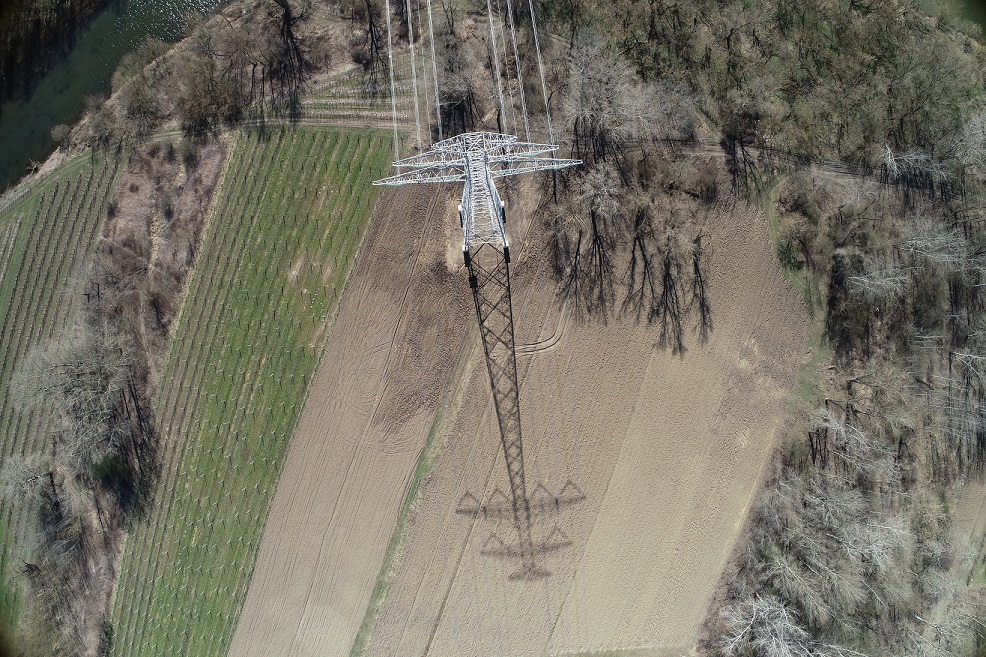According to a report published by the Supreme Audit Office (NIK), Polish electricity networks are aging, and the quality of energy is getting lower, which makes it difficult to use renewable sources and move away from coal. According to the Office, insufficient investment and lack of appropriate regulations hamper the development of transmission infrastructure.
„Electricity grids are ageing and energy quality is declining, making it difficult to use renewables and move away from coal. Development is hampered by insufficient investment and lack of appropriate regulations,” said the Supreme Audit Office after inspecting the distribution network. „The quality of transmitted energy is getting lower and the modernization of the network is limping. According to NIK, without investments there will be no talk of freeing the economy from coal and ensuring reliable energy supplies,” the Office added.
„In 2021, a total of 46 percent of 110 kV (high voltage) power lines were older than 40 years, and among them half were older than 50 years. Only 16 percent of those lines in 2021 were younger than 10 years old. 40 percent of high voltage lines in 2021 were older than 40 years (15 percent were older than 50 years), and only 15 percent of these lines were younger than 10 years. Low-voltage (LV) lines older than 40 years accounted for 30 percent of all LV lines in 2021, while lines younger than 10 years accounted for only 19 percent of all LV lines.
The Office noted that the advanced age of the network infrastructure, the low level of cabling of the power grid, especially the medium voltage lines, and the deteriorating quality indicators of electricity supply forced distribution system operators to pay compensation. „In 2021, the increase in the amount of non-supplied energy was 50 percent higher than in the previous year, which also resulted in more applications for compensation. Compared to 2020, the number of applications in 2021 increased almost six times, and in 2022 – almost twenty-five times,” the report said.
Supreme Audit Office / Polish Press Agency / Jędrzej Stachura









